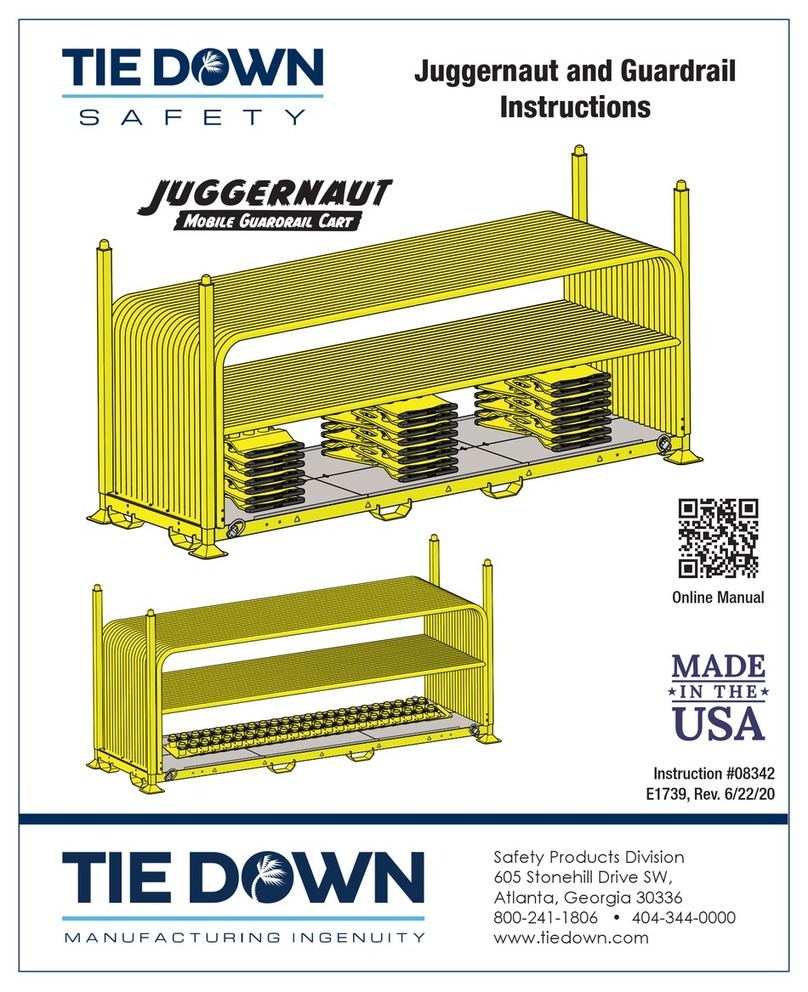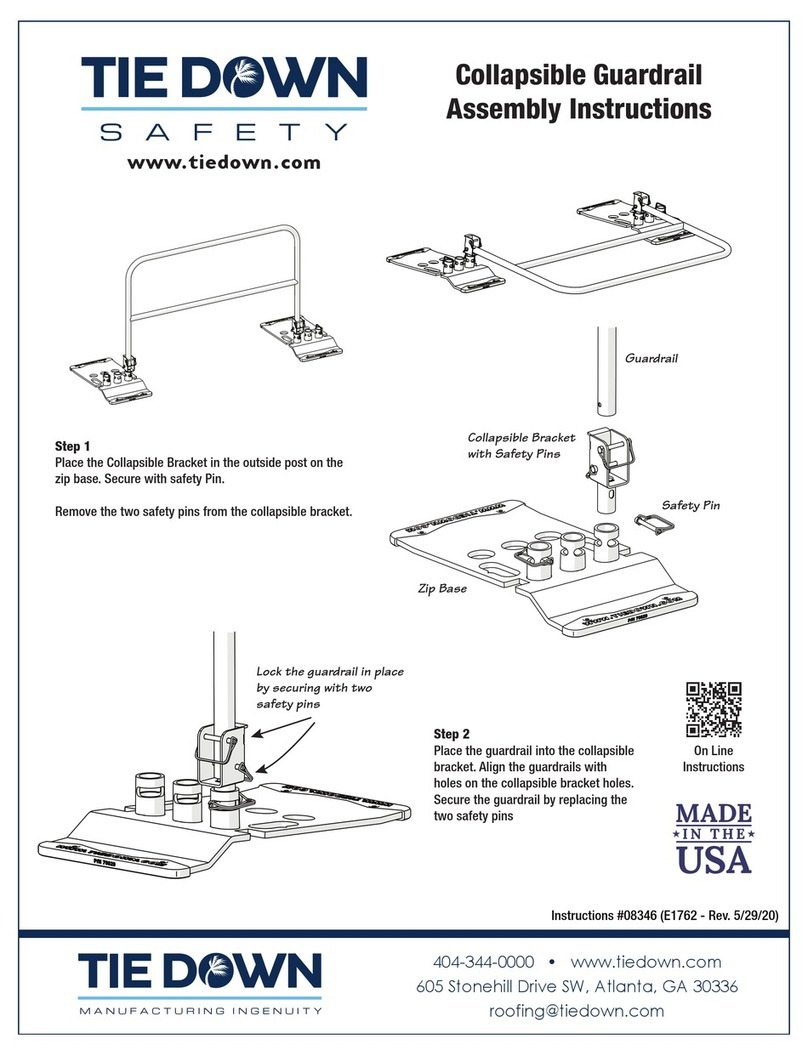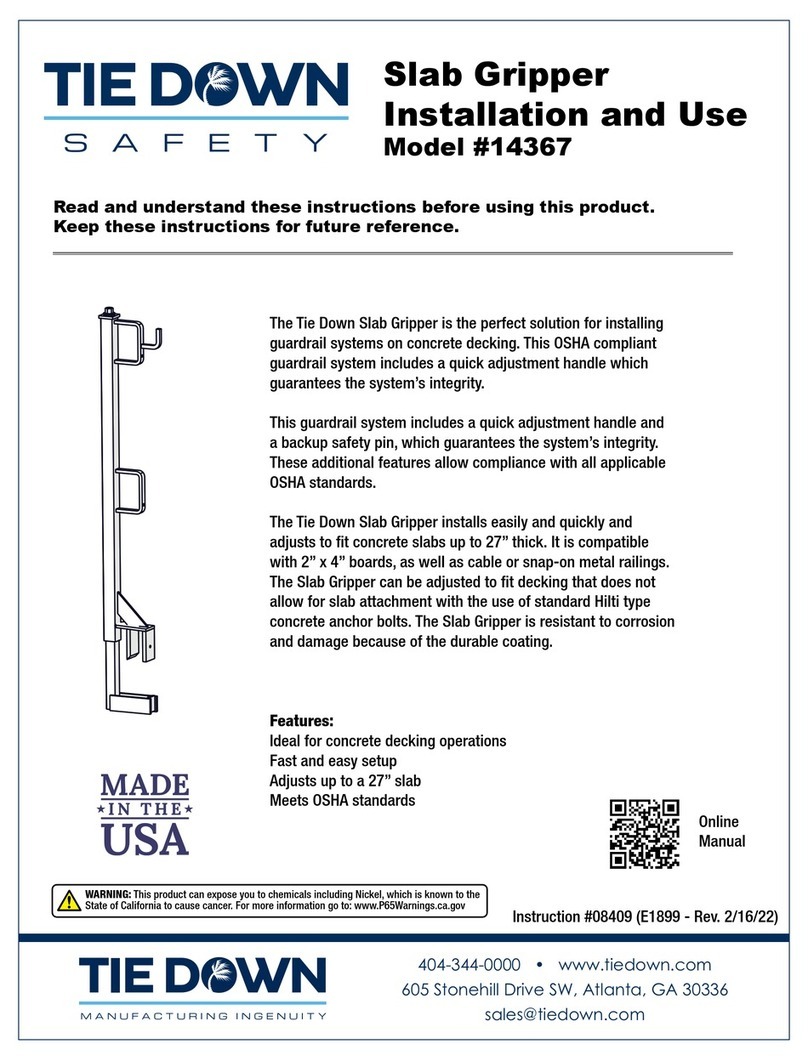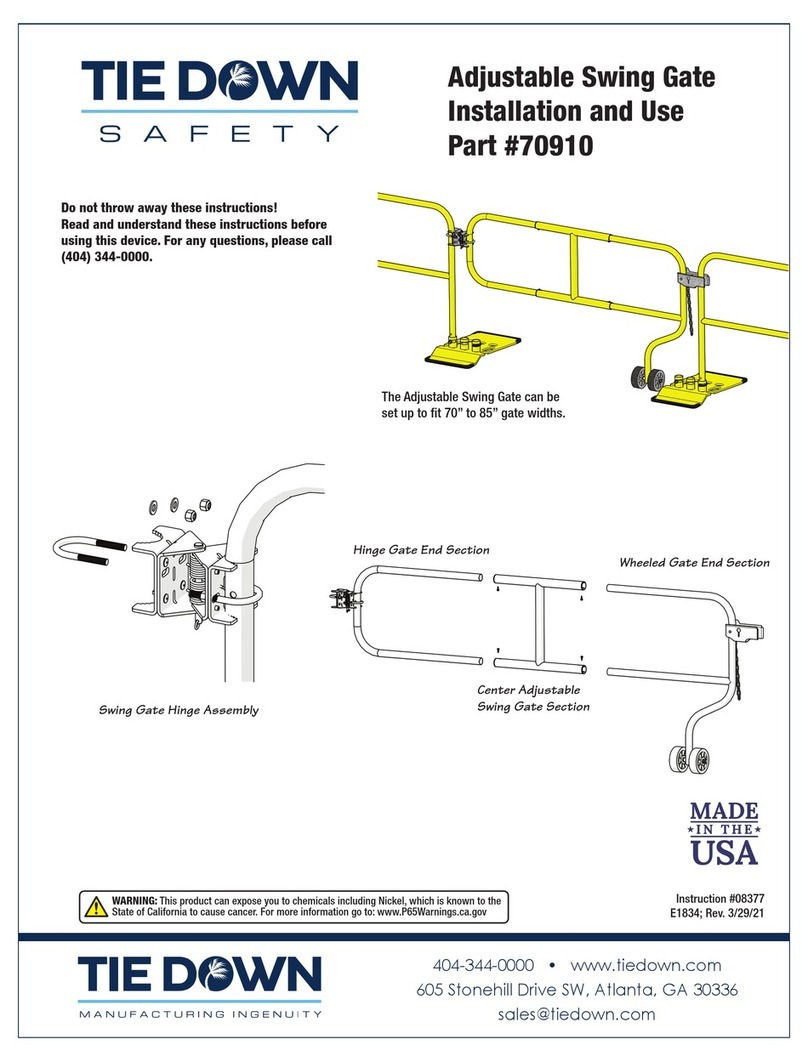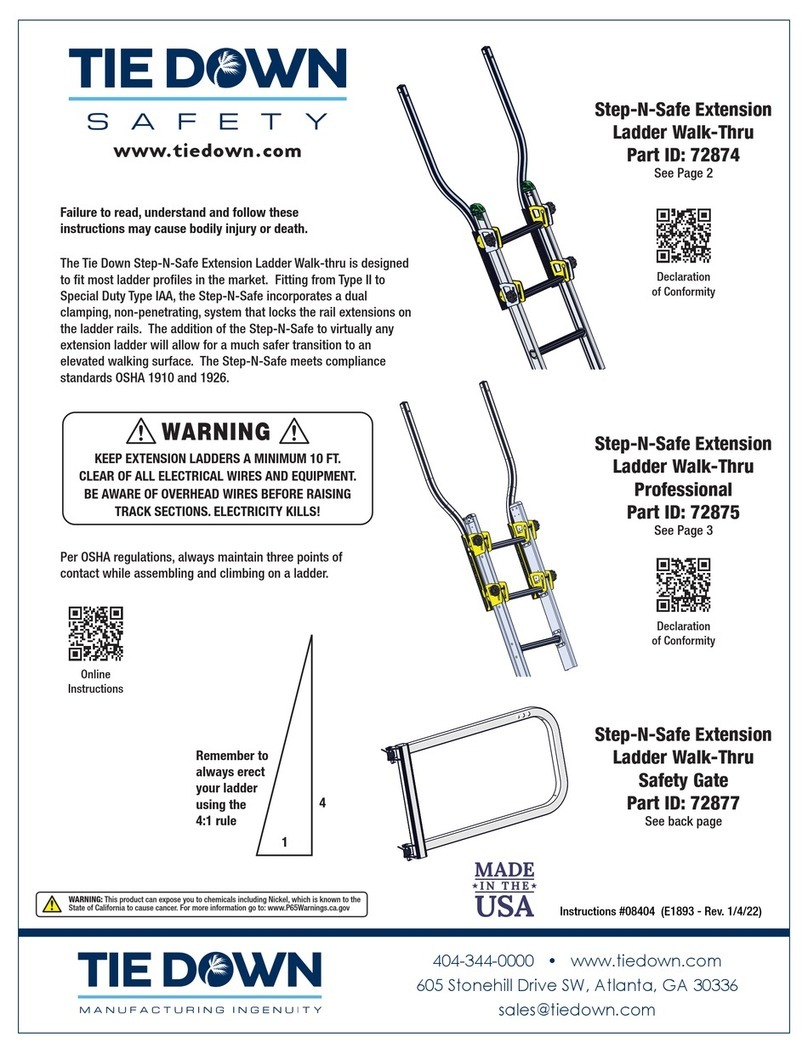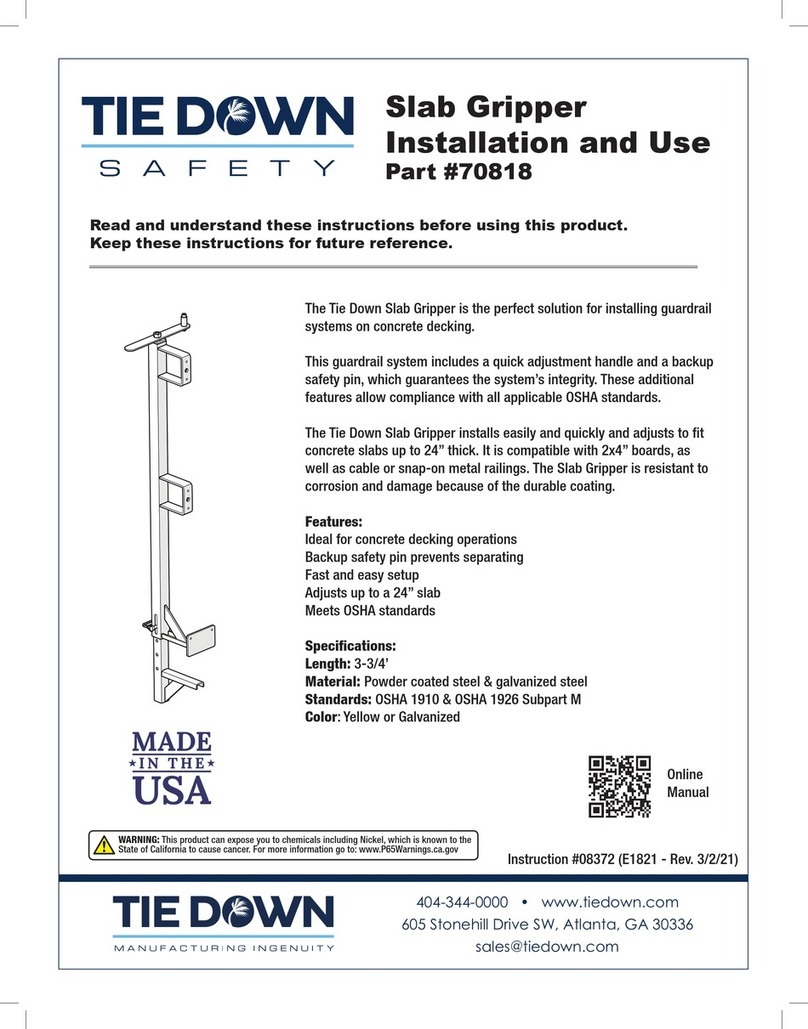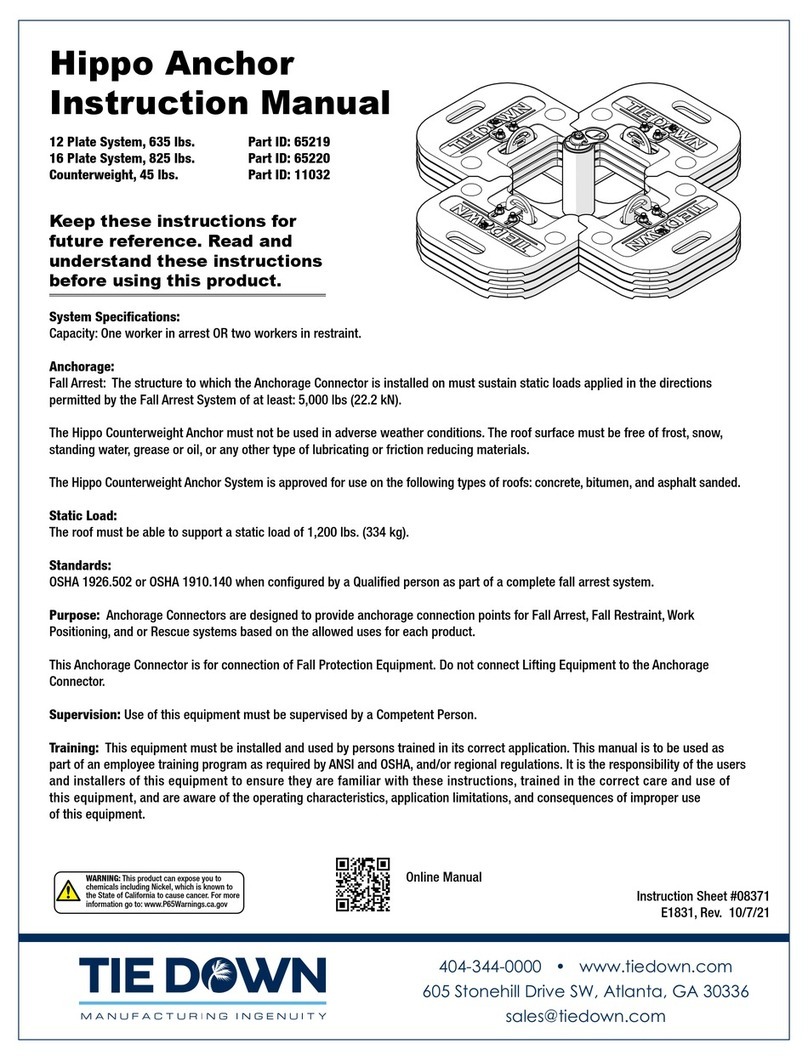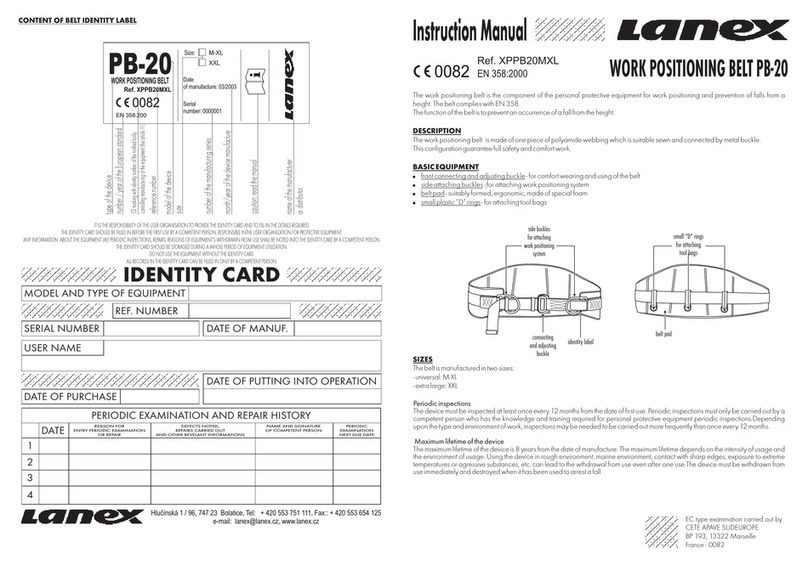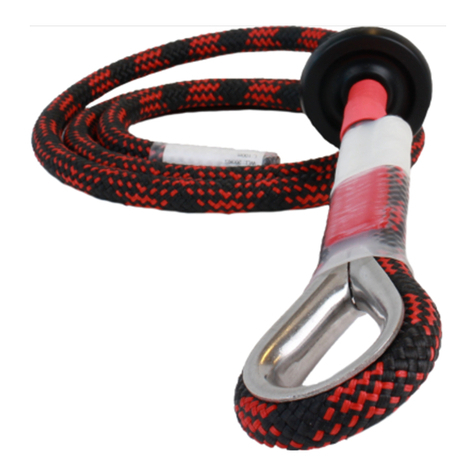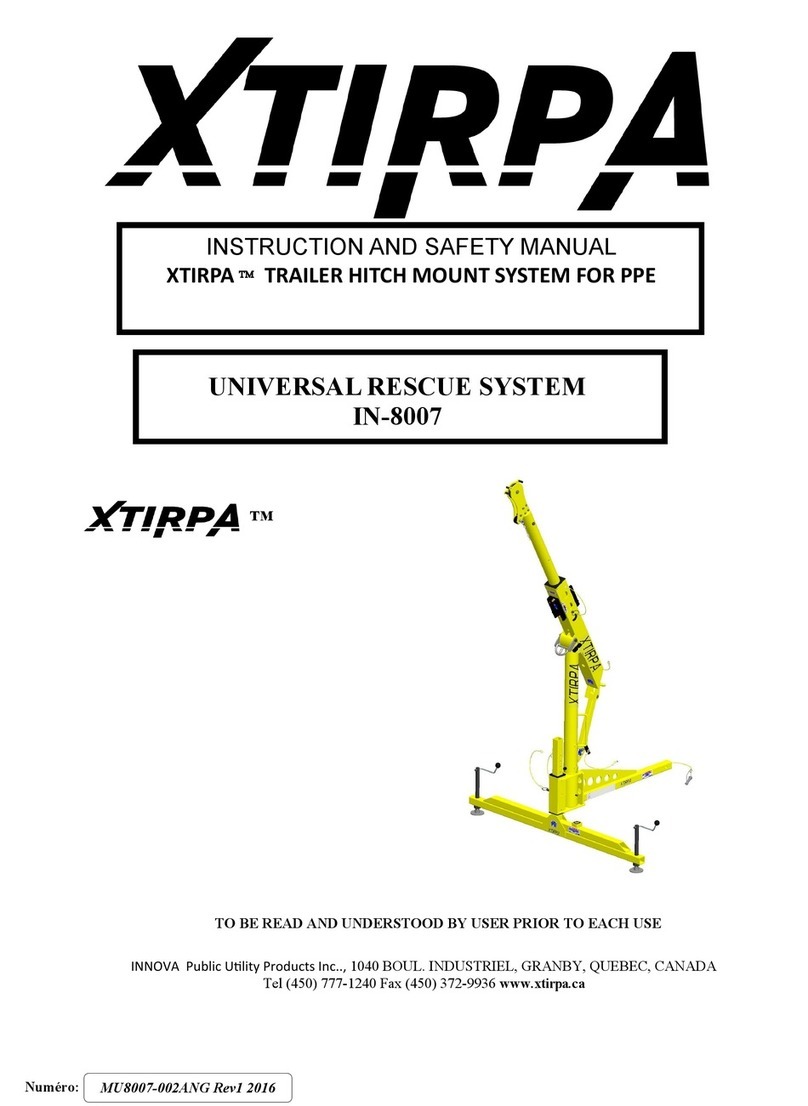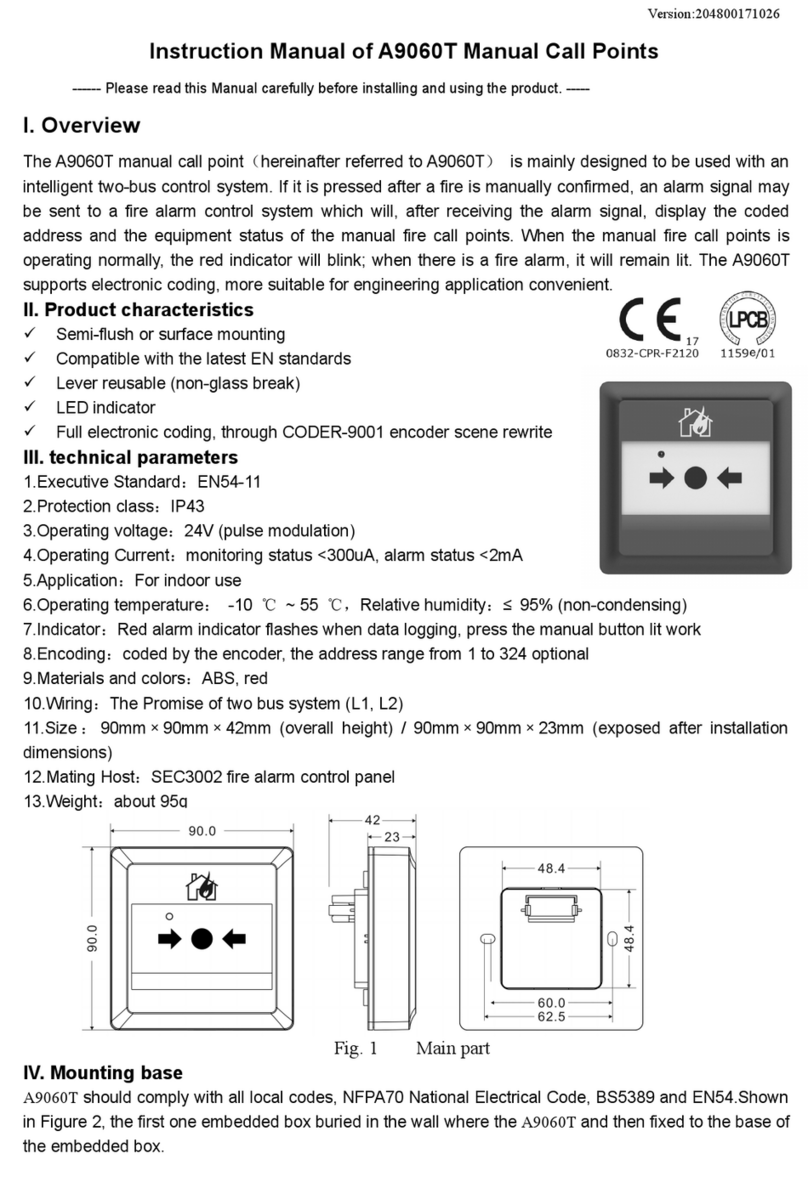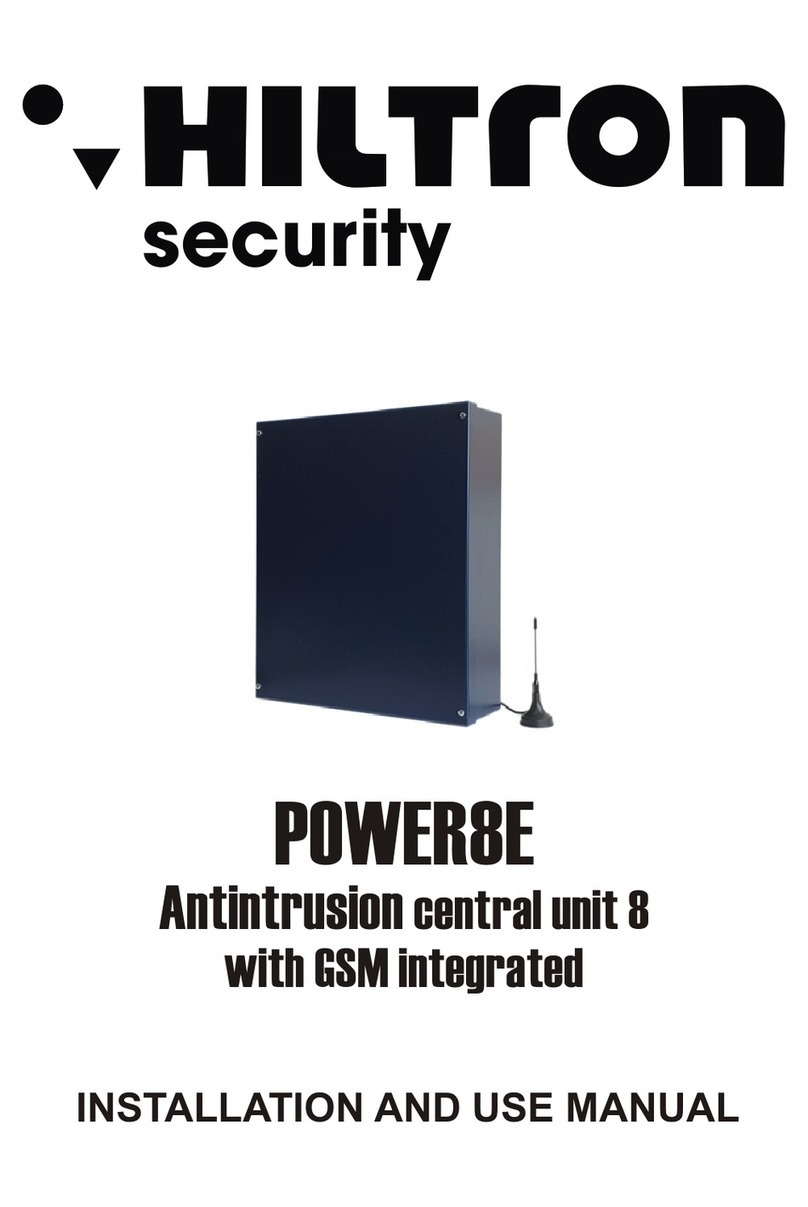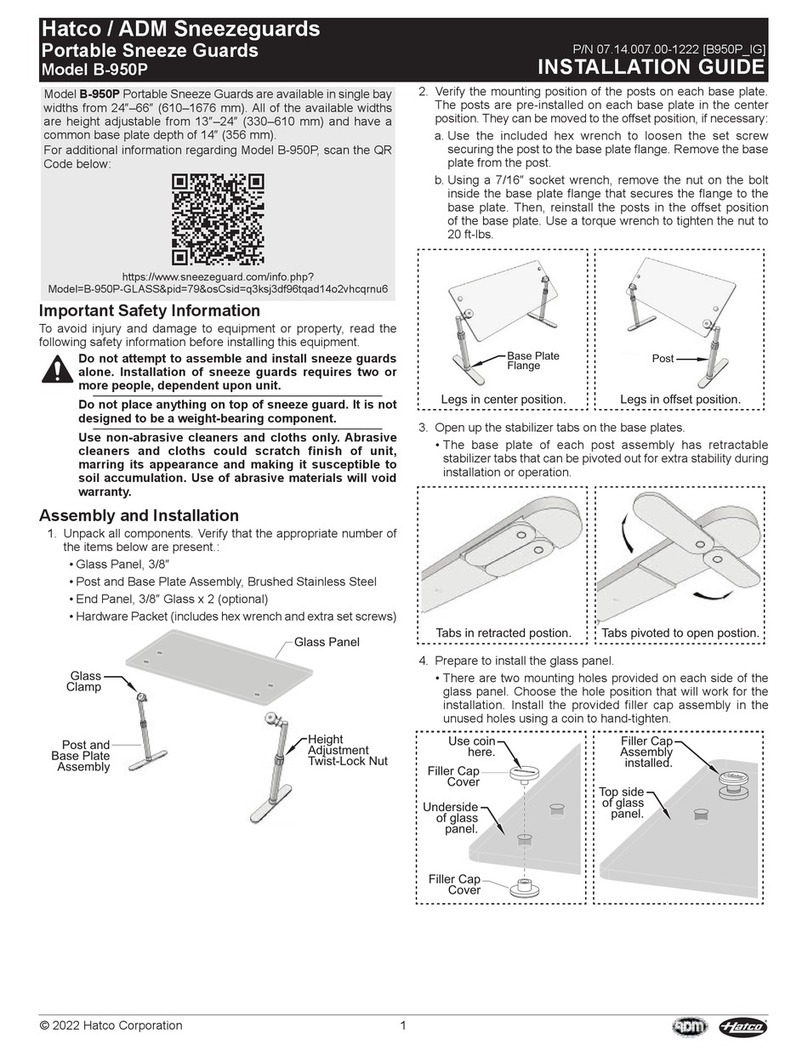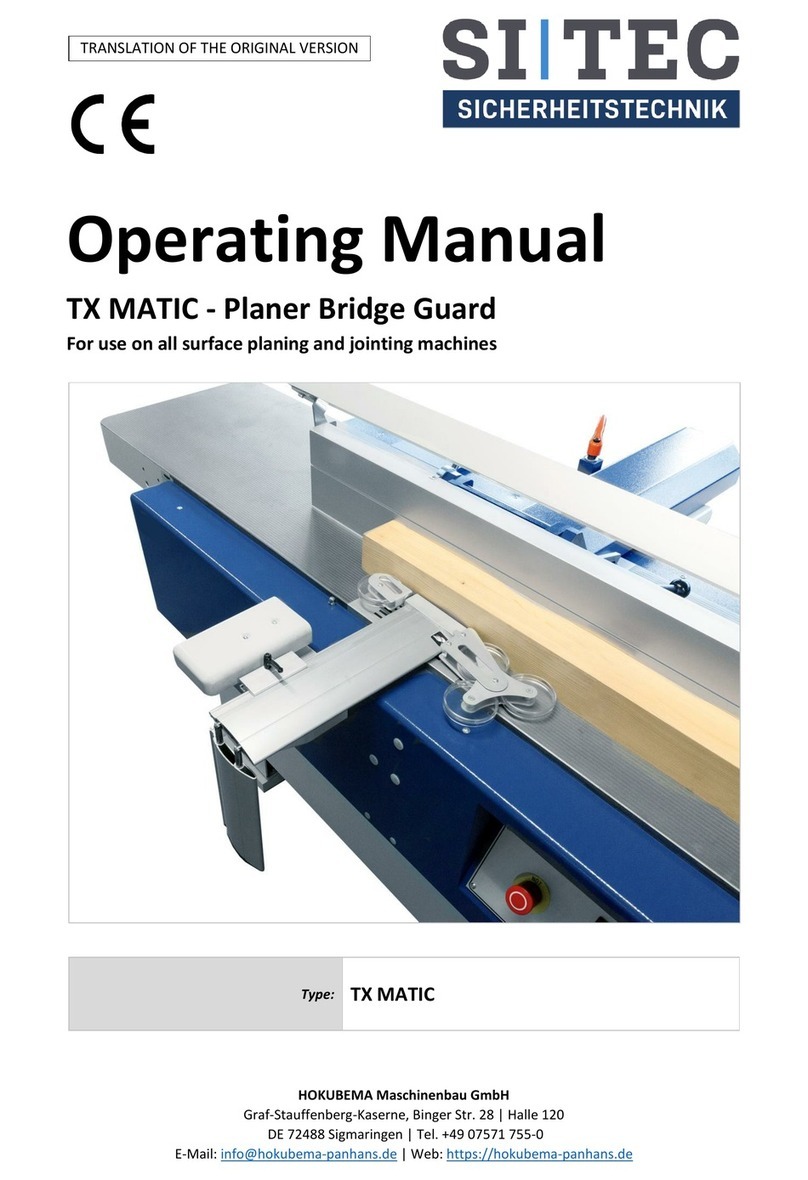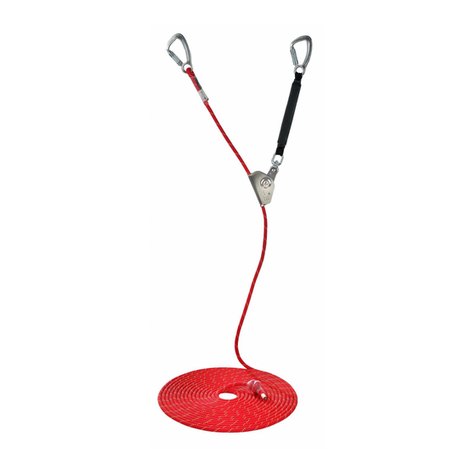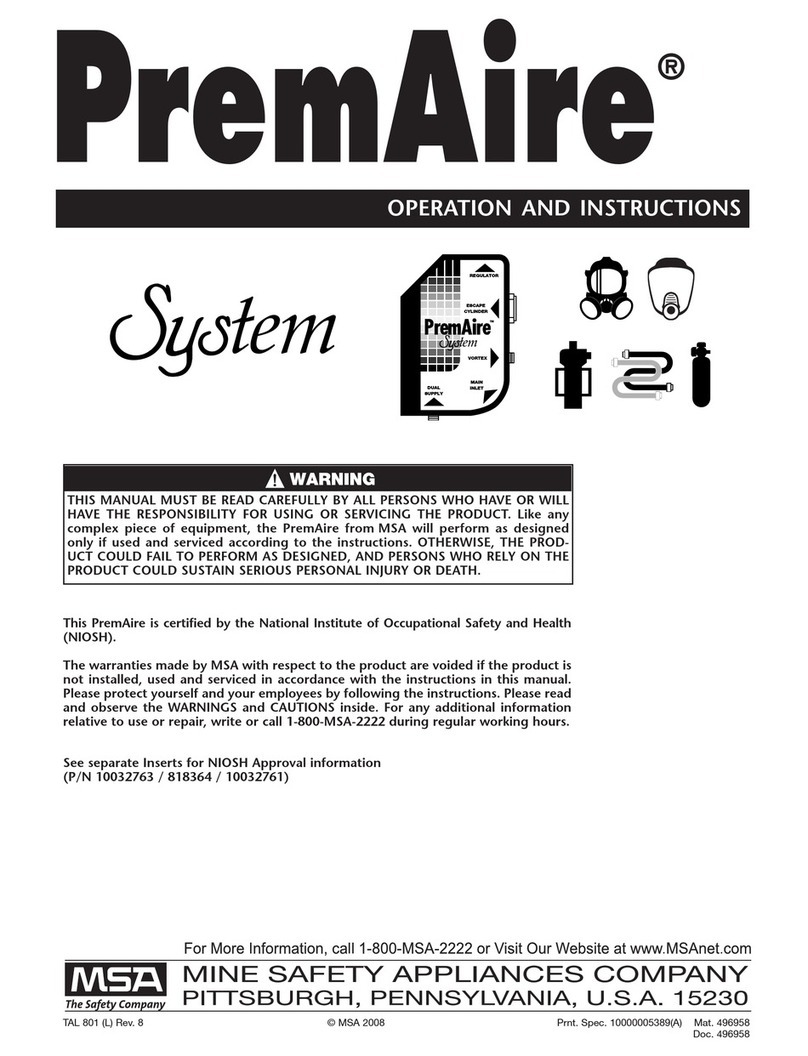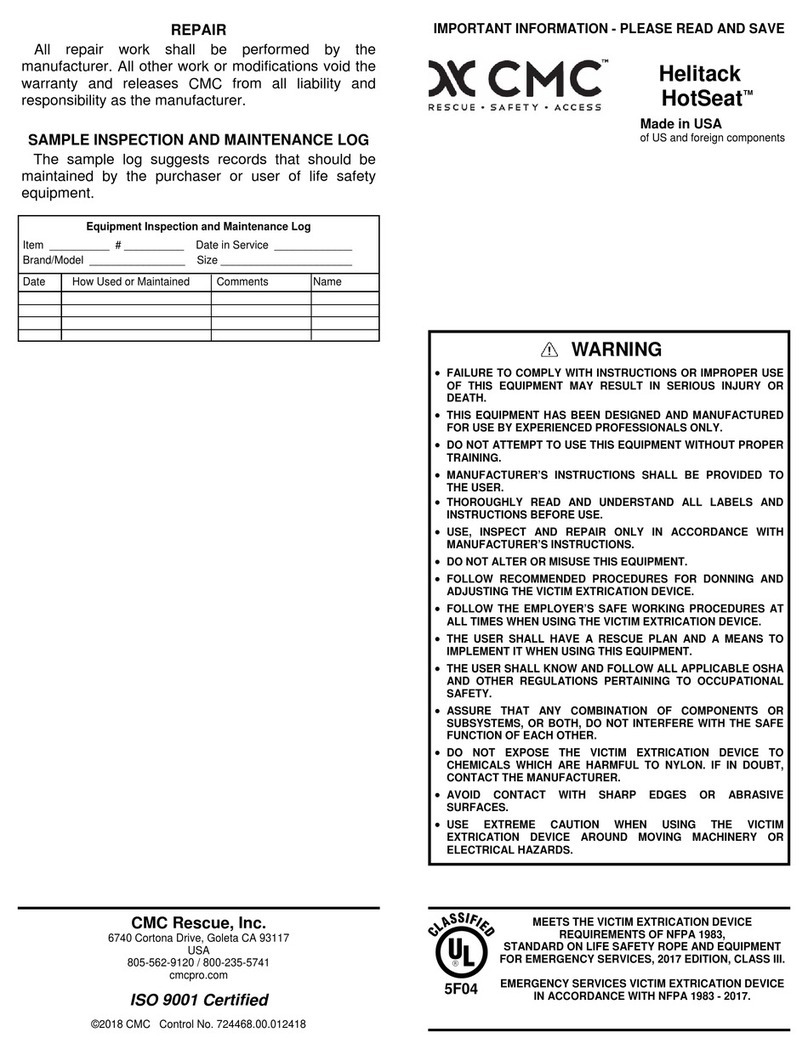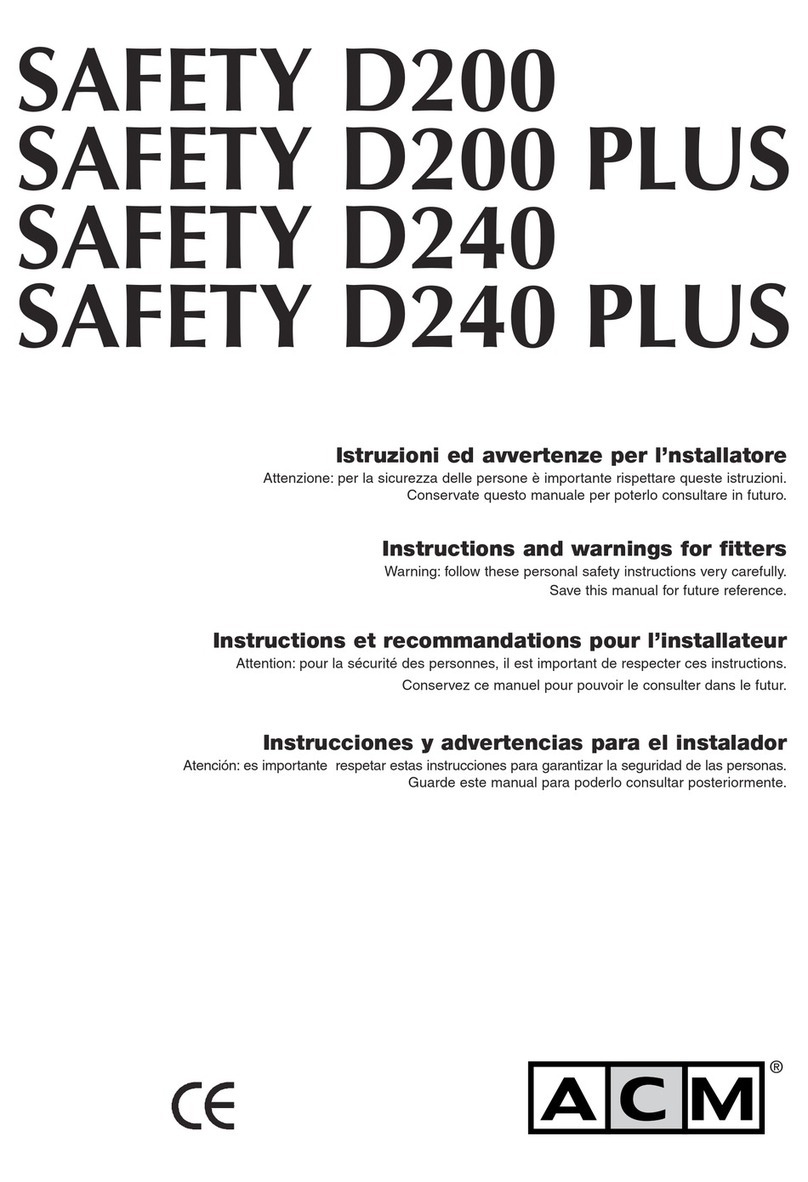
TIE DOWN Safety Products Division
800-241-1806 • 404-344-0000 • www.tiedown.com
E1791, Rev. 9/17/20
2
Parapet Anchor
If you need have damaged or missing parts, call the Customer Service: 404-344-0000
E. CORROSION: Do not leave this equipment for long periods in environments where corrosion of metal parts could take
place as a result of vapors rising into the atmosphere from organic materials. Caution should be exercised when working
around sewage or fertilizer because of their high concentration of ammonia which is very corrosive. Use near sea water
or other corrosive environments may require more frequent inspections or servicing to assure corrosion damage is not
affecting the performance of the product.
F. CHEMICAL HAZARDS: Solutions containing acids, alkali, or other caustic chemicals, especially at elevated
temperatures may cause damage to this equipment. When working with such chemicals, frequent inspection of this
equipment must be performed.
G. HEAT: This equipment is not designed for use in high temperature environments. Protection should be provided for
this equipment when used near welding, metal cutting, or similar activities.
1/3 APPLICABLE STANDARDS: Refer to national standards, including the ANSI Z359 (.0, .1, .2, .3, and .4) family of standards
on fall protection, ANSI A10.32, and applicable local, state, and federal (OSHA) requirements governing occupational
safety, for more information on fall arrest systems.
2/0 SYSTEM REQUIREMENTS
2/1 COMPATIBILITY OF CONNECTORS: Connectors are considered to be compatible with connecting elements when
they have been designed to work together in such a way that their sizes and shapes do not cause their gate mechanisms
to inadvertently open regardless of how they become oriented. Contact Tie Down if you have any questions
about compatibility.
Connectors (hooks, carabiners, and D-rings) must be capable of supporting at least 5,000 lbs. (22.2 kN).
Connectors must be compatible with the anchorage or other system components. Do not use equipment that is
not compatible. Non-compatible connectors may unintentionally disengage. See Figure 2. Connectors must be
compatible in size, shape, and strength. Self locking snap hooks and carabiners are required by ANSI Z359.1 and OSHA.
2/1 MAKING CONNECTIONS: Only use self-locking snap hooks and carabiners with this equipment. Only use connectors that
are suitable to each application. Ensure all connections are compatible in size, shape and strength. Do not use equipment
that is not compatible. Ensure all connectors are fully closed and locked.
2/2 ANCHORAGE STRENGTH: Anchorages selected for personal fall arrest systems (PFAS) shall have a strength capable of
sustaining static loads, applied in the directions permitted by the PFAS, of at least: (A) 3,600 lbs. (16 kN) when
certification exists (Reference ANSI Z359.1 for certification definition), or (B) 5,000 lbs. (22.2 kN) in the absence of
certification.
3/0 OPERATION AND USAGE:
3/1 BEFORE EACH USE of this equipment, carefully inspect it to assure that it is in serviceable condition. Check for worn
or damaged parts; ensure all hardware is present and secure and is not distorted, or have any sharp edges, burrs,
cracks, or corrosion. Refer to section 5.0 for further inspection details. Do not use this equipment if inspection reveals an
unsafe condition.
3/2 PLAN your fall arrest system before starting work. Take into consideration factors that affect your safety at any time
during use. The following list gives some important points to consider when planning your system:
A. ANCHORAGE: Select an anchorage point that is rigid and capable of supporting the required loads. See section 2.4.
B. FREE FALL: Personal fall arrest systems must be rigged to limit any free fall to a maximum of 6 feet (1.8 m)
(Federal Law and ANSI Z359.1). Avoid working above your anchorage level since an increased free fall distance will
result. Consult Tie Down for maximum free fall distances for applications other than fall arrest.
C. SYSTEM PERFORMANCE: The parapet wall anchor must be used in combination with either a shock absorbing lan
yard or a self retracting lifeline that will limit the maximum fall arrest forces to 1800 lbs.
D. FALL CLEARANCE: Should a fall occur, there must be sufficient clearance in the fall area to arrest the fall before
striking the ground or other object. The actual clearance required is dependent upon the type of fall arrester connecting
subsystem used (shock absorbing lanyard or self retracting lifeline). Energy Absorbing Lanyards can extend the fall
arrest distance by up to 42 inches (1.07 m).








